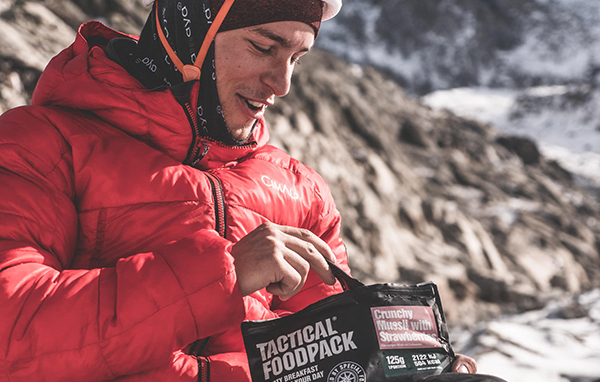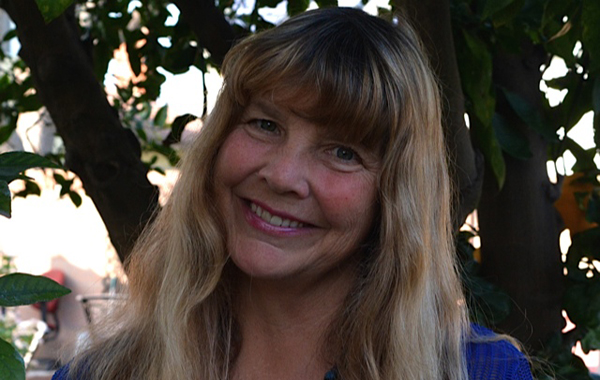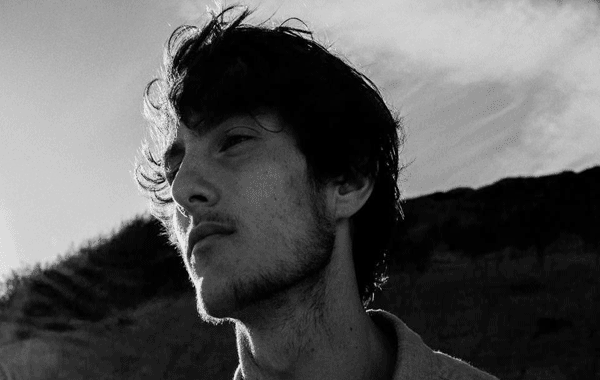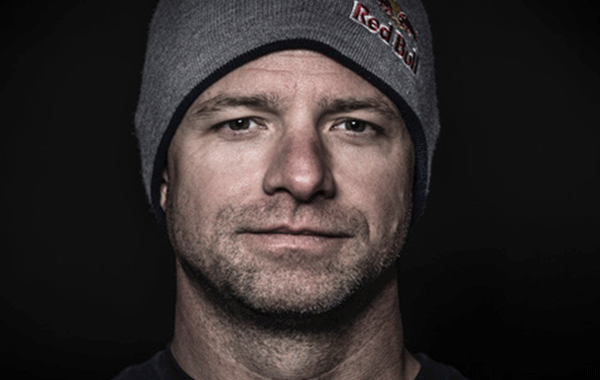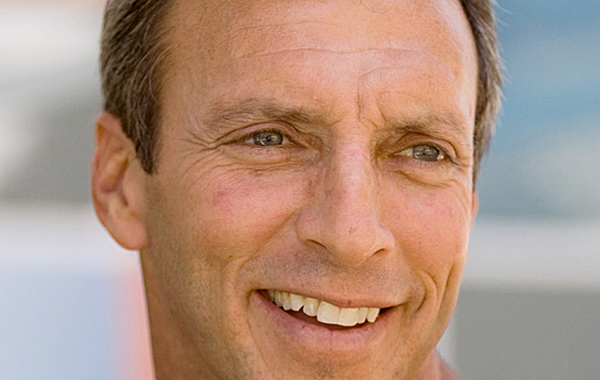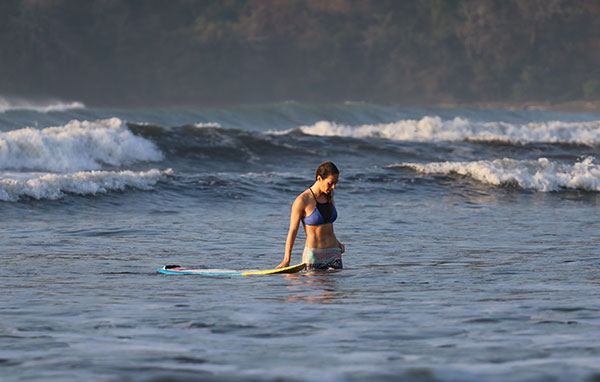-
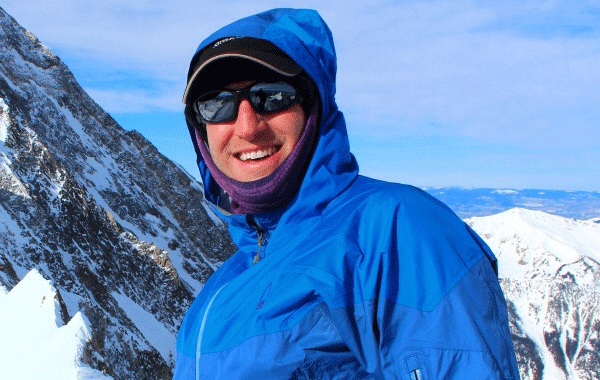
Jon Kedrowski started skiing at the age of two.
THE FACT that no mountain challenge seems to faze Jon Kedrowski probably stems back to his adventurous childhood – he was skiing at two and had summitted the Mount of the Holy Cross, a 14,000’ peak near his home in Vail, at the age of eight.
Colarado would form the basis for everything Jon would go on to achieve on mountains as he went on to conquer the state’s mountainous region.
However, don’t for one moment think Jon is a ‘one-state man’, he has a deep affiliation with the Himalayas, where he is currently based and first conquered Everest in 2012.
Read on to get a fascinating insight into this mountain man’s life and when you’re inspired by his passion and wisdom of all things mountain, find his books on www.jonkedrowski.com. All are also published by the Colorado Mountain Club Press/Mountaineers Books.
-
Growing up in Colorado meant you were surrounded by mountains to explore using a range of different sporting disciplines. How early on was it in your life that you started taking advantage of this, which sports were you enthralled by first and how far has your exploration into the Colorado mountains stretched into today?
I’ve been a skier since I was two years old, my parents practically put me on skis when I could barely walk. That skiing has transitioned to the backcountry and many of Colorado’s 14ers and 13ers over the years as well as the massive system of 10th Mountain Division Huts that we have. As far as my start in exploration goes, when I was an 8 year old kid I was taken up Mount of the Holy Cross, a 14,000’ peak near my home in Vail. From the top of that mountain, I could see hundreds of other peaks in all directions. It made me want to go and basically climb everything I could see and of course spread that out to other Continents eventually.
Typical outdoor explorations when I was younger began with my brothers and neighborhood friends, we could literally access the Holy Cross Wilderness out of our backyard, so that’s where we went. From skiing all winter, to hiking all summer, that was the start of my explorations.
When I was 15 years old my parents would just give me the keys to our family truck and I would drive to a trailhead. Of course, back 15 years ago there were no internet searches to tell you where a trailhead was or even show you a route, that’s to me what exploring was. I would get to a trailhead, follow a trail to timberline and climb a peak by exploring and knowing how to read a map. That’s the problem with how people do it now, they print out photos with route lines and they use a GPS to tell them how to get to a trailhead; nobody reads maps anymore. This actually is a huge problem when it comes to being prepared and educated in backcountry travel.
Anyway, I finished climbing all the 14ers before I turned 18 in 1999, I felt like I was part of Ferdinand V. Hayden’s first surveys of the Rockies from the 1800’s. Climbing peaks meant exploring and becoming very strong and resilient. From there I would often come back from an entire summer of climbing mountains to a football season and a basketball season in high school and be very physically fit. This carried over to my college basketball career as well.
After College, I took some of my skills from skiing and the absence of several winters due to college basketball and developed a huge passion for skiing and ski mountaineering. Grad school I had an entire five weeks off and spring break every winter so I would venture back to Colorado and spend days and days backcountry and resort skiing. In the past decade mainly living back in Colorado I have continued to develop my passion and knowledge in the backcountry and through explorations as well as hut trips have climbed and skied thousands of peaks and locations in Colorado. Now I really enjoy visiting well known locations and have enjoyed pushing limits and exploring new zones and peaks.
Over the years on three separate occasions (2005, 2011, and 2016) I have climbed all the 14ers in a seasonal time frame. 2011 was special because I spent the night on the summit of every 14er in a 95-day period and wrote about it on my Coffee Table Book Sleeping on the Summits: Colorado 14er High Bivys.
In 2016 I climbed every 14er in a spring ski season so I could ski them all. Lots of my experience and knowledge for backcountry skiing is shared in my recently released book Classic Colorado Ski Descents.
My books can be found on my website www.jonkedrowski.com and are all also published by the Colorado Mountain Club Press/Mountaineers Books.
Now I really am passionate about educating others about being safe out there and most importantly having fun. I feel very blessed to have spent many summers on 14ers, 13ers and 12ers all over Colorado, and beyond.
-
What was it that inspired you to work towards and then gain your PhD in Environmental Geography, Weather and Climate?
Weather and the processes of the earth have always fascinated me. As an outdoors person, I wanted to learn as much as possible about them. Being outside and exploring, it was a great way to try to become an expert at something. I figured learning and getting an advanced degree would open doors to things for me. I didn’t just want to be a ski bum or a seasonal worker – so getting an education was key.
I spent summers at Mount Rainier National Park and Glacier National Park during graduate school. I got to do all kinds of exploring and research in climate change and other human-environmental impacts.
Once I finished my degree at times I became a regular authoritative contributor for the outdoors to networks like CNN, NBC, CBS and Fox31 News in Denver. My degree has come in handy many times over, for example in 2015 I collected data for the USGS in Nepal following the massive devastating earthquake. Life is all about learning and the outdoors teach you that, but when I am outside I also ask myself how things work in an even deeper sense. Better yet, when I teach my courses in Weather, Climate, and Environmental Science at Colorado Mountain College, I ask myself, how can I use this in my classroom?
Have you seen climate change affect your home area of Colorado at all and if so what have been some of the issues?
In a broader sense – we are seeing milder Winters, lower snowfall totals, and fewer powder days – as well as shorter ski seasons. This past winter I had my usual set of clients for skiing on Vail Mountain over my Christmas holiday break, and the back bowls didn’t open until January. Rocks were showing and the skiing wasn’t that great.
In addition, the mountain pine beetle has wiped out entire forests in many corners of our beautiful state simply because the winters are not getting cold enough for sustained periods to kill off the beetles. In the summer, drier conditions lead to wildfires – especially in those beetle killed areas. This spring in Colorado the month of May has been the warmest in over a decade. We will see how all of this plays out for the wildfire season.
Globally, most glaciers are retreating. As I write this, I am sitting at the base of the Rongbuk Glacier below Mount Everest in Tibet. All of the geomorphic evidence of glaciers retreating is seen by the massive glacial moraines, debris, and rocks as well as the huge scars on the landscape from glaciers that were thousands of feet thicker only centuries ago.
-
How have you used the platform you have when it comes to climbing, skiing, and expeditions to try and force change when it comes to how we view the environment?
I would say by trying to influence one person at a time in any given situation. For example, as a professor at the college I can make a huge difference by looking at ‘global environment through local perspective’. This means being more aware of recycling, taking the bus, walking somewhere, and lessening my impact. Each of my books I try to educate through sustainability.
It can be literally as simple as carpooling to the trailhead and then being aware of utilizing human-powered travel and human powered adventures in the backcountry as well.
All three of my books I have written I have gone out on slide-show tours and share my love for adventure but how to be more earth-friendly with every step. Leave-no trace ethic is as simple and easy as it gets in that regard. Protecting the places we play is the most important thing I emphasise as a backcountry user and explorer.
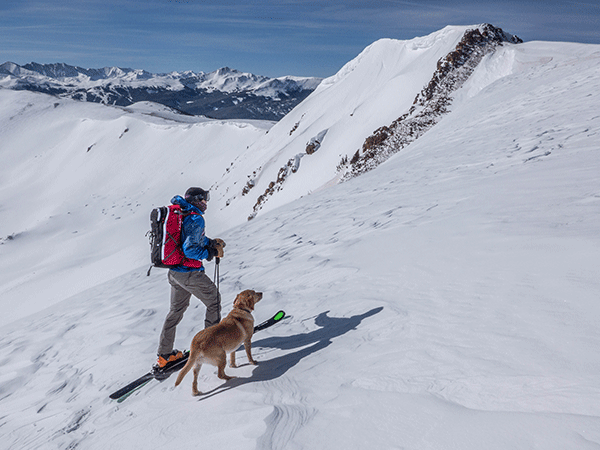
Jon Kedrowski on another trek accompanied by ‘man’s best friend’.
-
Tell us how Everest has played such a key role in your climbing career and what have been some of your most memorable experiences on the mountain?
Obviously standing on the top of Everest in 2012 was pretty cool- but other moments that stand out include when the earthquake happened in 2015, and so far I’m having a blast over here on the Tibet side of Everest in 2018.
Overall, the reason Everest is now so significant for me is because it goes far beyond just climbing the mountain, I am on the board of the Sherpa Foundation set up in Vail Colorado, and since the earthquake we have raised nearly $500,000 for earthquake relief and many other humanitarian projects in Nepal. I love the Sherpa culture and people of Nepal, and feel like both the Sherpa Foundation and my very own N.O.D. Everest Foundation are both doing amazing things for people and they were both inspired first by Everest but then going beyond Everest for even greater things than what have been accomplished on the mountain.
-
Has your time been balanced between skiing and climbing? Is there one which you feel that gives you that bigger sense of fulfillment and excitement?
I think blending both gives me the most excitement. But overall living in Colorado it is more about the changing of seasons for me. For example – all winter long I love to enjoy the powder and mix backcountry skiing as well as climbing and skiing peaks until about early June. Then, I am ready to hang up the skis and go trail running and head to the local rock climbing spot. But, late June, July, August and September I might climb a peak but sigh when I am at the top and can’t ski down! I realize I have to walk down or rappel off something, and sometimes wish I had my skis to descend. Then by the end of November I’m ready to ski again and start the process of the season all over.
-
You’re currently out in the Himalayas – what is this expedition all about and how are things currently going?
I first came to Nepal to guide a trek to Everest Basecamp on the Nepal side. That started the acclimatization process – hiking Kala Pattar at 18,200’. Then I arrived in Tibet in Mid-April and Everest Basecamp over on this side. After 4 trips up the flanks of Everest and even touching 8000m/26,000’ on Everest, we should be ready for Summit attempts to the top of the world without the use of supplemental oxygen by the end of May. I’m really having the time of my life and learning so much about the process of the climb and the journey being even more important than the actual summit on this trip.
-
You are author of three books: what can readers expect about your style of writing and what key messages do you try to instill in those who read your work?
The first aspect of my writing style is giving the reader a sense of adventure. Through my stories, especially the first two Sleeping on the Summits books, I try to inspire people to set their own goals through my story telling. In all three of my books photography from my own point of view as well as some of my contributors really makes the adventures come to life. Overall I want to motivate people to get out there and create their own adventures.
The second aspect of my writing I try to pull out in all three of my books is educational. I like to explore and explain weather, climate, and physical geography to give the reader the context of what they are seeing in the landscape during the hiking or skiing adventure. This gives the adventure even more purpose and the reader the ability to learn about all the places we’ll go.
And last- I use my writing as a tool to educate people through stewardship. While my third book “Classic Colorado Ski Descents” is a guidebook – I use the book to explain weather, climate, snowpack, equipment, and backcountry safety in addition to recommending so many awesome places to go and explore. My first two books which include the ‘Sleeping on the Summits’ stories are adventurous – but they still share tidbits of stewardship throughout the adventures.
All books can be purchased on my website www.jonkedrowski.com.
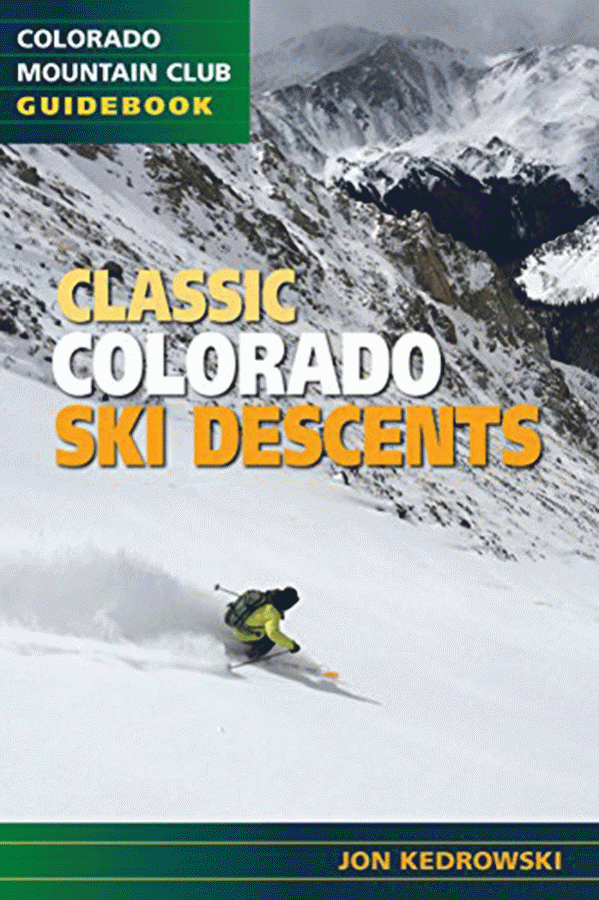
Buy Jon’s definitive book on Colarado’s mountains at www.jonkedrowski.com.
-
What do you offer in terms of expedition leading and planning?
I have been very lucky to lead two to three trips a year to various destinations throughout the world. Everything I do for clients is customised to meet their personal goals and their expectations. I basically call it ‘custom adventures’. Clients hire me to put together an adventure trip from start to finish. The list of places includes Everest Basecamp in Nepal, Climbing in Nepal, Aconcagua, Kilimanjaro, Denali, Carstenz Pyramid, and ski trips too ranging from Heli Skiing in BC to ski trips to resorts around the world or guided hut trips. In all situations I work with clients personally to hone in their skills before they go – and then I also arrange the logistics for the trips. These may include accommodations, travel, and local support – for example in Nepal – all the teahouses, porters, and internal travel. Then I travel along as their leader. I also supply gear lists, and meet with clients before the trip on several levels to ensure they are ready to go and enjoy the adventure trip.
In addition, I also train clients separately as they prepare for their goals and adventures and even work as a consultant to aspiring skiers and mountaineers. People can contact me through my website to book consultations and training sessions too – as I can prepare someone for example who is planning on going on their own adventure- and if they aren’t hiring me to go and put it all together, I have also acted as a coach for them as they prepare for the trip. For example, two years ago I trained two clients for Kilimanjaro then sent them with one of my reputable partners in Africa. I also did the same for a client who went to climb Vinson Massif in Antarctica.
-
What are some of the most exciting projects and challenges you have set yourself or have in the pipeline for the months and years ahead?
I feel very fortunate to have a handful of opportunities coming up. In 2019 we are going to launch a study abroad program for college students in Nepal in the Everest region with our partners Colorado Mountain College and the Sherpa Foundation. I will be leading my own clients in 2019 and 2020 as well in Nepal for various treks and climbs. I am working with several clients now who have goals such as climbing Everest and a few other mountains in Nepal.
Later in 2018 I have a secret project I am working on with a fellow adventure friend of mine so stay tuned. Other big goals for me include writing a third book to complete the “Sleeping on the Summits” trilogy – and I have another Colorado based guidebook idea.
I guess I have plenty to do! I also want to get over to Japan next season to ski because it seems like the snow is always good over there. The sky is the limit and I look forward to just getting out there and having fun!

